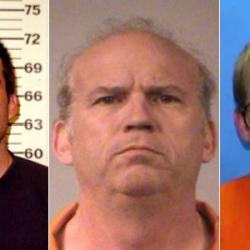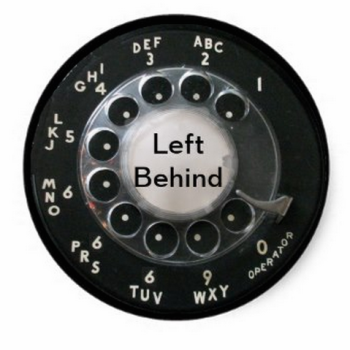When this blog started, newspapers were still writing, “so-called Web logs, or ‘blogs’ …”
From February 20, 2007, “The Street That Wasn’t There“:
I first learned about this as a kid, when I inherited my older brother’s ten-speed and a road atlas of Middlesex County. My best friend lived in one of two houses on a short street connecting two dead ends, like the crossbar of capital “H.” The road atlas, however, showed another street connecting the dead ends further down the block, like a second crossbar across the bottom of the H. This street did not exist, but there it was on the map.
We showed this to my friend’s dad, who explained how such minor fictions are sometimes included on maps to trap copycats who might try to pass off this atlas as their own work. The repetition of such errors would be evidence that the copycats had stolen their work, demonstrating the real source of their imitation. …
The disparity between map and terrain forced me to make that distinction, and to recognize the possibility of that distinction, which wasn’t something the fundamentalist church and school I attended were interested in recognizing.
But there I was, standing at the dead end of Glenwood Drive, looking at a line on a map that indicated a street that did not exist.
When forced by a conflict between them to choose between the text and the real world, I decided to go with the real world. I decided, in effect if not in these precise words, that this is what maps are for, this is what constitutes mapness. I didn’t throw away my county atlas — the vast majority of it remained trustworthy, reliable and indispensable — but I decided, from there on, to treat maps as maps and not to try riding down streets that weren’t really there.












